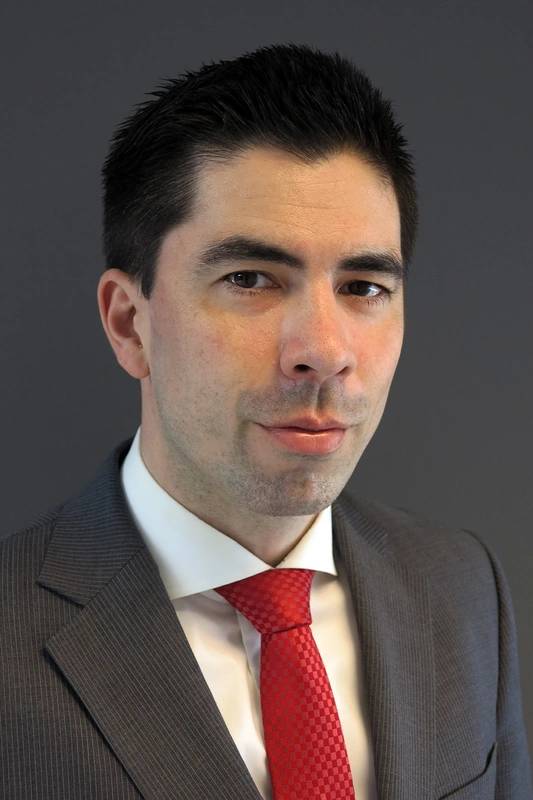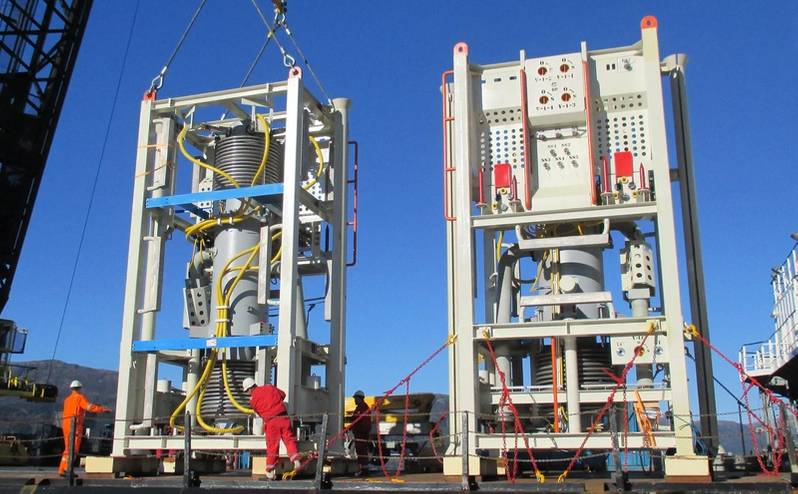
Mads Hjelmeland is passionate about subsea processing. It’s a subject close to his heart in his role as managing director, Processing Systems, OneSubsea. But it’s more than just a recovery enhancing technology to Mads. Subsea processing is central to the subsea factory concept and will play a key role in our efforts to increase energy efficiency and lower emissions. Hjelmeland is due to outline his views on low-carbon production systems and sustainability at this year’s Underwater Technology Conference (UTC), June 16-17. He will also discuss how we can have cross-over technologies into renewables – and vice versa – and how the subsea factory fits into the low-carbon perspective. We caught Mads for a chat before he takes to the stage.
Hi, Mads, thank you for joining us. Tell us, what role can the subsea factory play in reaching a net zero world?
The subsea factory has, in my view, great potential to bring us towards net zero, for a number of reasons. Subsea developments in general, compared with conventional topside developments, have a significantly lower carbon footprint, because we are installing advanced rotating machinery and processing systems on the seabed that are enabling improved recovery, while using much less energy.
A conventional way of producing subsea fields is using gas lifting—a textbook standard for petroleum engineers. By contrast, with subsea boosting, you can achieve the same result, but with the additional benefit of a reduction in energy consumption by about 50-80%. That’s a substantial amount.
But that’s not all—by doing this, project engineering and execution become also more energy efficient. When you add up these efficiencies over the life of the project, you have a much lower carbon footprint.
If we go further and look at some current subsea-to-beach solutions, you will see some substantial energy and carbon footprint savings. A good example is the Ormen Lange field, which is powered from shore and is developed using subsea compression, instead of topside compression. When you consider the Ormen Lange’s setup, you can see the energy savings that we can realize. This makes, in my opinion, the subsea factory concept all the more relevant and compelling.
So, have we always known that the subsea factory helps produce lower-carbon energy?
Over the past 20 years, there has been an enormous amount of subsea processing technology development and, for some time, we have known that this technology has energy efficiency and low-emission benefits. But, if we’re honest, these were not among the top priorities until very recently.
In today’s net zero context, we are seeing those added benefits under a different light. We’re seeing that these technologies really do add value– and the good news is that we already have the building blocks. There are exciting opportunities and, even more so, if we connect some of these building blocks further.
For example, you could look at some of Equinor’s initiatives around offshore wind, and envision an offshore electricity grid, powered by renewable energy, that you can just plug into your subsea building blocks and bring production back to shore with zero emissions.
There are now significant opportunities that actually have a low threshold to realization, compared to the typical challenges we had in the past, because many of these building blocks are already there. As an industry, we have already qualified, delivered and built confidence in the solutions that can make this happen.
 Mads Hjelmeland, OneSubsea.
Mads Hjelmeland, OneSubsea.
All images from OneSubsea
OK, so are operators seeing these benefits and are they now more willing to adopt subsea factory solutions?
Adoption has been a bit sluggish. But it’s important when we talk about the subsea factory to define what we mean. The subsea factory concept was defined in 2012, and envisioned the entire platform sitting on the seabed.
Over the years, this vision has evolved to a more flexible and versatile subsea factory, depending on the field needs. Let me share with you a few examples.
The Vigdis field development, where Equinor is implementing a subsea boosting system, is a good example of a brownfield factory. This is where you go into a field in late life and you increase that tail-end recovery, but in the most energy-efficient way. It’s not just about boosting—subsea compression is another example of brownfield factory. Bringing subsea compression to market has been a very long journey. In early concept development work for Ormen Lange, back in 2001, it was recognised that adopting subsea compression in late field life would be beneficial, however it took twenty years before the decision was taken.
And there are more examples. Åsgard and Gullfaks are two compression projects that have been deployed successfully and, thanks to these, we can see that there’s a lot more activity now in the subsea processing space. These technologies have matured, and because of their successful run-time, the confidence in the operator community is higher.
If you combine these achievements with the increasing focus on sustainability, we expect a stronger drive towards subsea processing.
So yes, the industry is taking it seriously and including it as part of their life-of-field assessments. We have realised that we can’t just carry on with the ways of the past.
Great. As well as being more energy efficient and reducing emissions, can it also be an economical option?
Subsea factory technologies have been known for adding value in terms of increased production and flow assurance benefits. However, the increased focus on carbon emissions—which we know will lead to costs if businesses do not meet CO2 goals—adds an additional layer of complexity.
So, if over the life of a field, project economics can be enhanced through lower CO2 emissions and increased production, we can expect a stronger adoption of subsea factory concepts, compared to the last 10-15 years.
That sounds really positive. So, what challenges do you see ahead for the industry?
The oil and gas industry, and the subsea industry especially, has seen a lot of turbulence over the last 7-8 years. We now need to try and instill some positivity in what we do.
In Norway, there’s a lot of social and political pressure on the industry, which is driving a huge challenge for us in terms of ensuring we have the qualified people and attract young professionals to the industry. It is a challenge because there’s now a perception that this is an industry that’s ending, that there is no future.
But if you really want to make an impact on emissions and shape our future, the subsea industry is the place to be. We’re talking about reducing millions of tonnes of carbon emissions. For Vigdis, just the fact that they chose subsea boosting instead of a conventional topside solution, will lead to a reduction in emissions equivalent to the entire car fleet in Stavanger.
But the oil and gas industry is far from dead. In fact, fossil fuels are needed for years to come, while other solutions are being developed. We cannot just stop, as this would create a shortage and imbalance in the market.
Instead, we need to focus on how we develop oil and gas projects with low-carbon solutions and sustainably. This is how we can make a difference to the total world emissions.
Thank you Mads, we appreciate your time!



